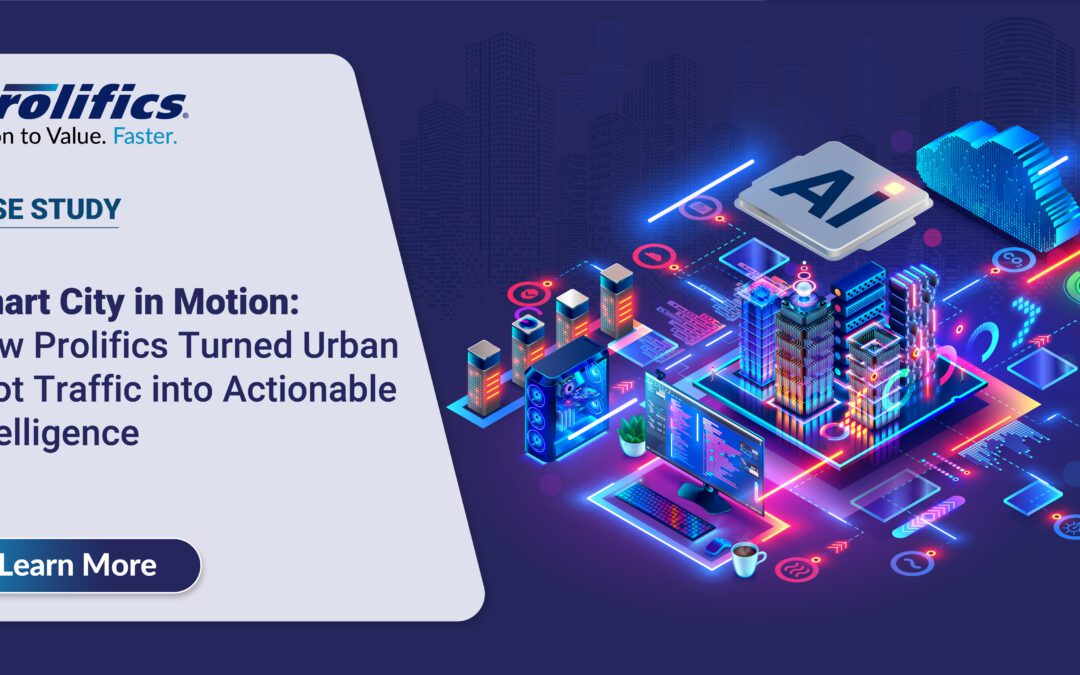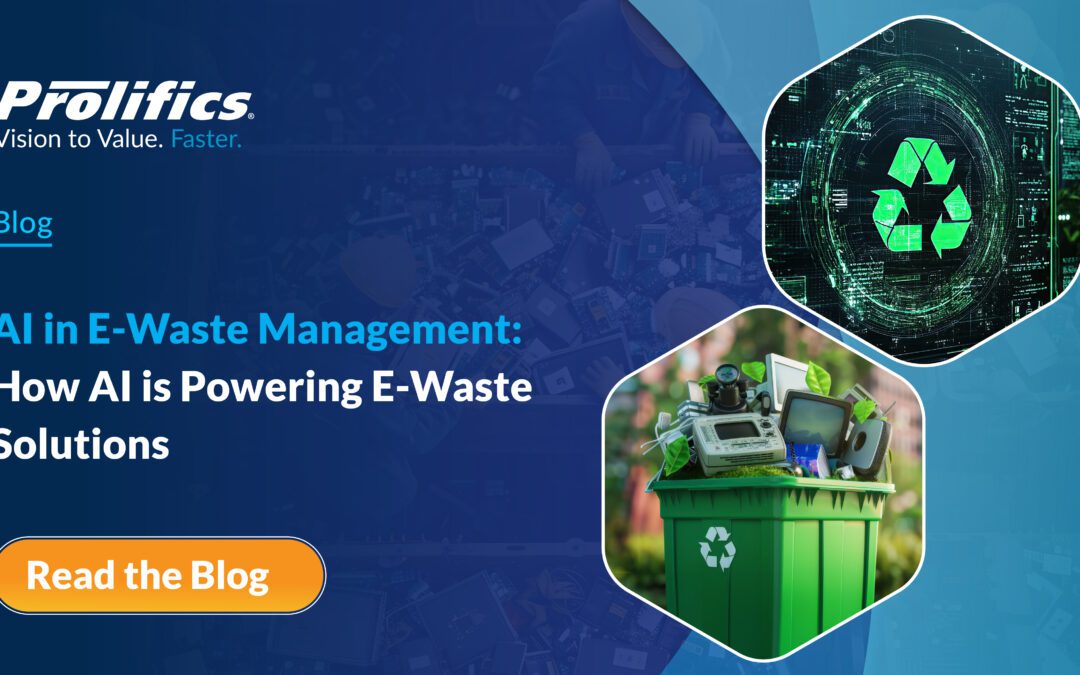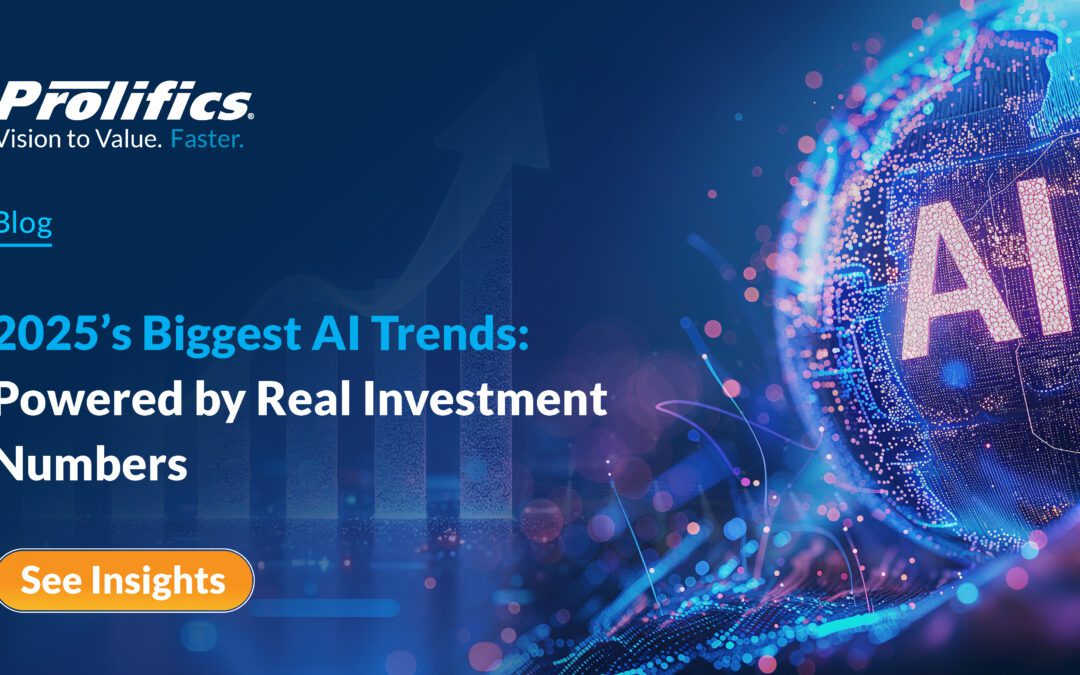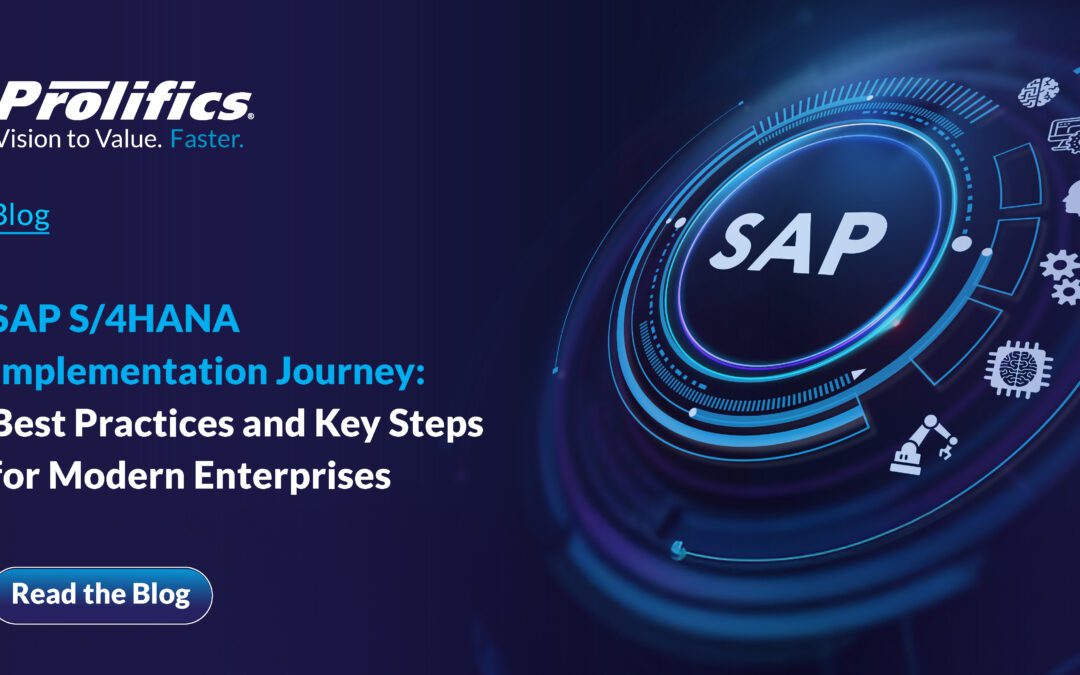Together, Process Mining and RPA Can Create Quick Wins
Sometimes two seemingly unrelated technologies dovetail so perfectly that they offer a slam dunk benefit. In this case these two technologies provide cost savings, greater efficiencies, and a better utilized workforce. Read on to see how Process Mining with Robotic Process Automation (RPA) will give you a quick win return on your investment.
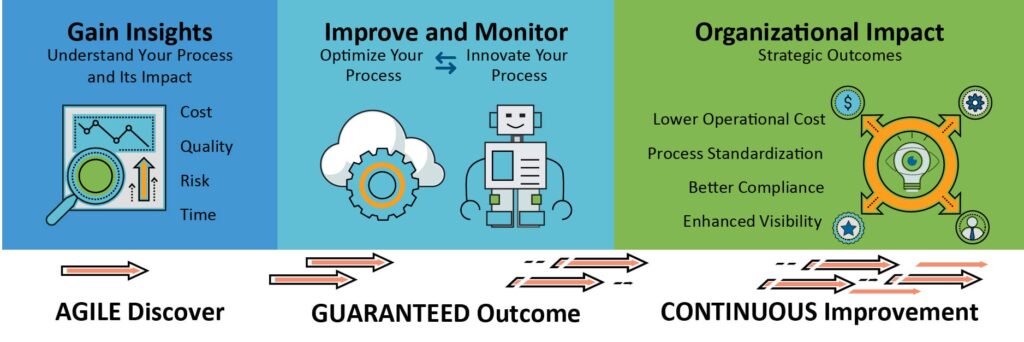
You say I’m wasting time and money – and I don’t even know it?
Yes. There are most certainly areas in your organization where you’re wasting your employees’ talent on tedious, mundane tasks, costing you time and money. These tasks may be so ingrained in your operations no one thinks to question them – even the people doing them. They may be so hidden in corners of your processes and procedures that your managers have long forgotten they exist. You don’t think so, you say? Not in your company? What about those revenue reports that need to be rekeyed manually by your reps because that one office isn’t connected to the home office? You’ve been doing that for years! What about the HR administrator who has to go through online records because an employee left a line blank on a payroll screen? What about your loan officer opening countless emails to assemble the info for a loan application?
Isn’t that just part of any job?
It doesn’t have to be. With this type of work, employees become frustrated, bored and distracted. This means more mistakes and less productivity, as well as churn – meaning more hiring and training expenses. And nothing happens in isolation. There’s always a ripple effect to more costs and less productivity, no matter where it starts in an organization.
Okay, so how do I find out where these productivity-killing tasks are happening?
Well, you could do it the old-fashioned way – process mapping. You talk to your employees – there’s a lot of talking – starting with the higher levels and working your way down. You’re trying to understand what people are telling you about how they think certain tasks are done, how long they take, and what happens next. Maybe they’re telling you different things based on their subjective experiences, and perhaps they’re getting defensive about it. Then you get a white board and markers, or a box software program, and try to flowchart out what everybody has told you. Then assuming that’s right, you try to figure out where the problems are and take steps that will hopefully correct it… if everyone agrees. It takes a lot of time.
Ugh. Mapping sounds awful. But I bet you’re going to tell me there’s a better way, right?
Yep. That better way is Process Mining. If process mapping is like asking a lot of people for directions, then Process Mining is like using your GPS. Process mining discovers what is actually happening in a process by following the digital trail of data through the system. Every day your employees (as well as customers, vendors and others) generate a digital footprint when they utilize your company systems. These digital footprints get captured in these systems, such as ERPs, CRMs, application databases, log files, audit tables, Excel documents and many others. Process Mining shows you how data moves through your organization – visualizing and diagraming the actual flow, including variations, exceptions, gaps and siloes. Process Mining will let you know exactly what’s happening by using hard data – it’s not an opinion from an interview. Process Mining quickly identifies inefficiencies, where to improve and how to get to your desired business outcomes. You can now make changes with confidence – comparing what you currently have to what you want: a new policy or procedure; defined standard; or best practice.
So, I’ve found these mundane, repetitive tasks, and manual gaps, through Process Mining. Now what?
This is where robotic process automation (RPA) comes into play. Advances in RPA have made it easier, quicker and cheaper to rollout with reduced risk. It’s quick – often going from “ideation to operationalization” in three to four weeks. RPA can run repetitive, mundane tasks, or bridge previously manual data entry, 24 hours a day quickly with an extremely low error rate. Once programmed, it never needs a refresher course, and updates or changes are implemented easily – without additional training costs. It can be scaled as needed to help with seasonal or event-driven changes in volume. You can even add elements of intelligent automation, artificial intelligence and machine learning (AI/ML) to help with decision making and data analytics.
Won’t my people freak out if I suggest RPA?
RPA is not intended to replace employees – not even lower level workers. It’s meant to free up those employees for more important work. They’ll be happy that the boring part of their job is gone.
Prolifics can help.
The “New Normal” is here. You have a vision – don’t let your processes slow you down. Our Process Mining solutions and experience will get you there. Sit down with us – let’s talk about your challenges, review and reevaluate your plans and get you started where it makes the most sense. If RPA can help, we’ll recommend a solution from our catalog of digital workers. If you want to go further, we’ll jump start the automation solution, including deploying and customizing as needed for your environment.
Vision to Value. Faster. It’s not just our tagline, it’s what drives us. It’s how we deliver solutions and services. It’s our commitment to you – and it’s needed today more than ever. Visit www.prolifics.com or email solutions@prolifics.com.




